Astrology promises pattern where science demands proof, and in the space between those two, horses have quietly been telling us what really matters. Across barns and backcountry trails, owners swear certain star signs just “click” with their mounts, while behavior researchers point to timing, touch, and tone as the true glue. The tension is fascinating: a centuries-old sky map versus the evidence-based language of equine behavior. Yet there’s a productive middle path – use zodiac archetypes as easy-to-grab personality shortcuts, then test them against what studies say horses actually prefer. The result is a nuanced story about connection that feels both human and firmly grounded in the latest animal science.
The Hidden Clues
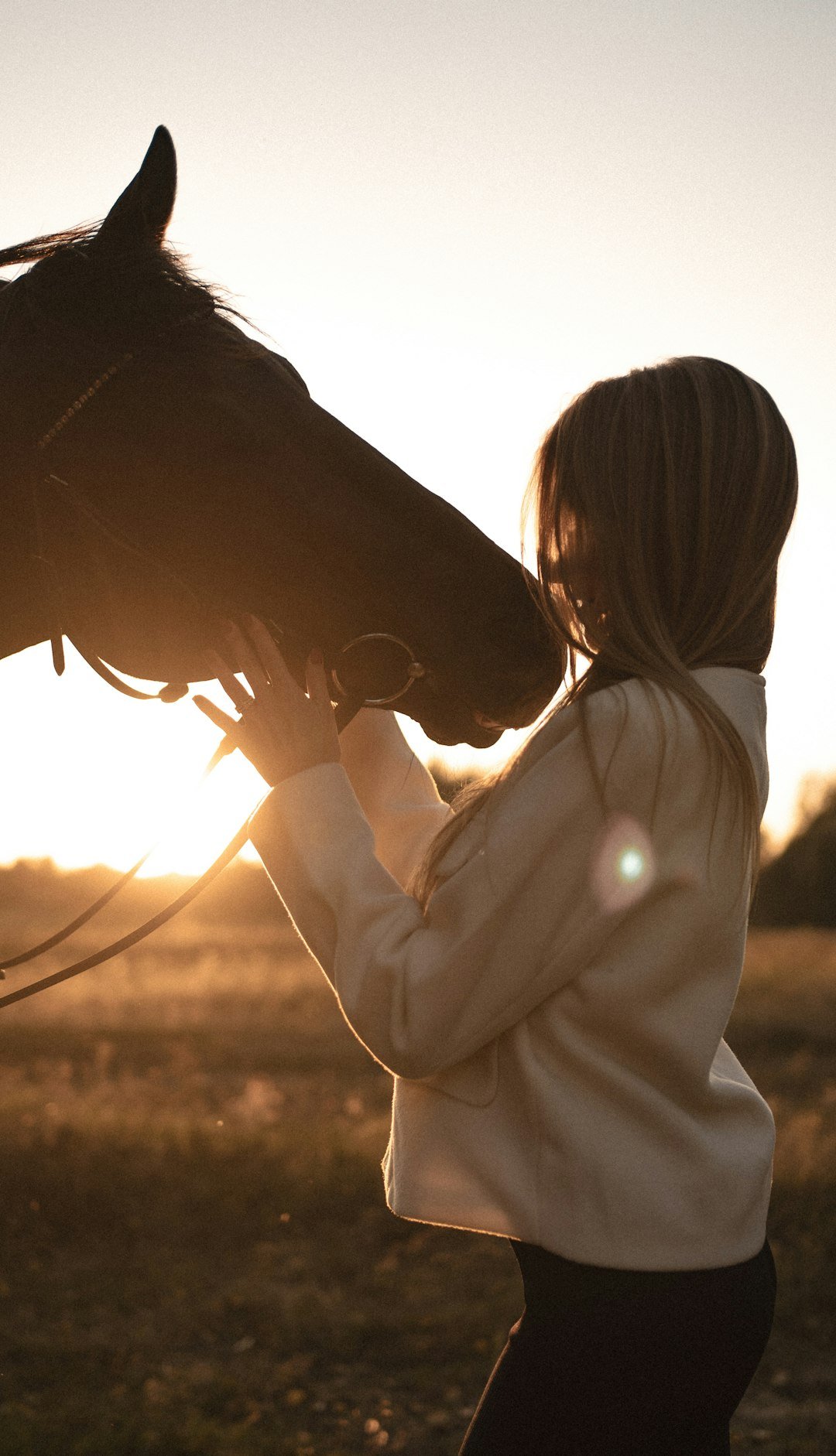
Horses read us with startling precision: posture, breath, micro-movements of the face – tiny cues we barely notice but they never miss. Research shows they distinguish between friendly and tense expressions and even adjust their behavior later, a hint that they track our emotional history rather than just our present mood. That matters in the ring and on the trail, where a calm exhale and consistent rein cue can do more than any label we give ourselves. Astrology fans might see “steady Taurus” or “fiery Aries,” but the animal responds to reliable patterns more than cosmic identity. If a rider’s style is impulsive, the horse reads unpredictability; if the style is patient, the horse learns trust. In other words, the signal that sticks isn’t the birth date – it’s the behavior.
From Ancient Signs to Modern Science
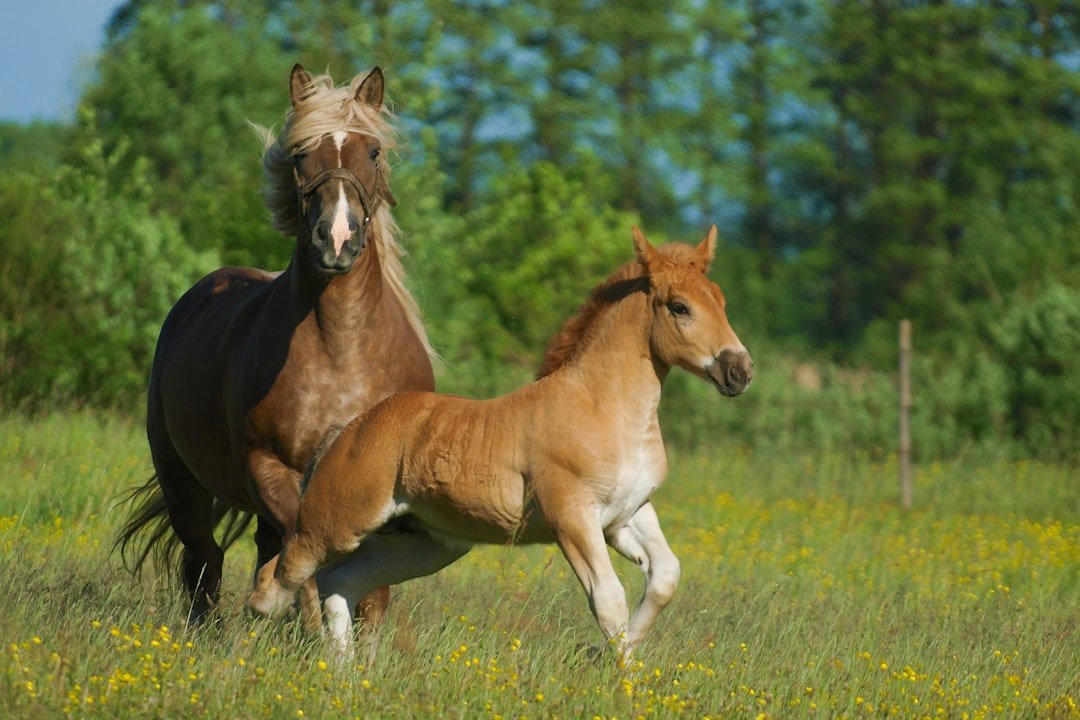
While astrologers have long sorted personalities by season and star, equine scientists sort them by measurable traits like vigilance, sociability, and fear responses. Tools such as the Equine Facial Action Coding System give researchers a shared vocabulary for subtle mouth, eye, and ear movements that map onto arousal and intention. In controlled studies, horses show faster heart-rate changes when confronted with negative human expressions and a lateralized gaze pattern consistent with threat assessment. The modern story is not mystical attraction but refined perception developed over millennia as prey animals living in complex social groups. Astrology’s lasting value here is metaphor: it provides memorable archetypes that help novices talk about temperaments and handling styles. But the test of those metaphors is always the horse’s welfare and observable behavior.
What the Science Says
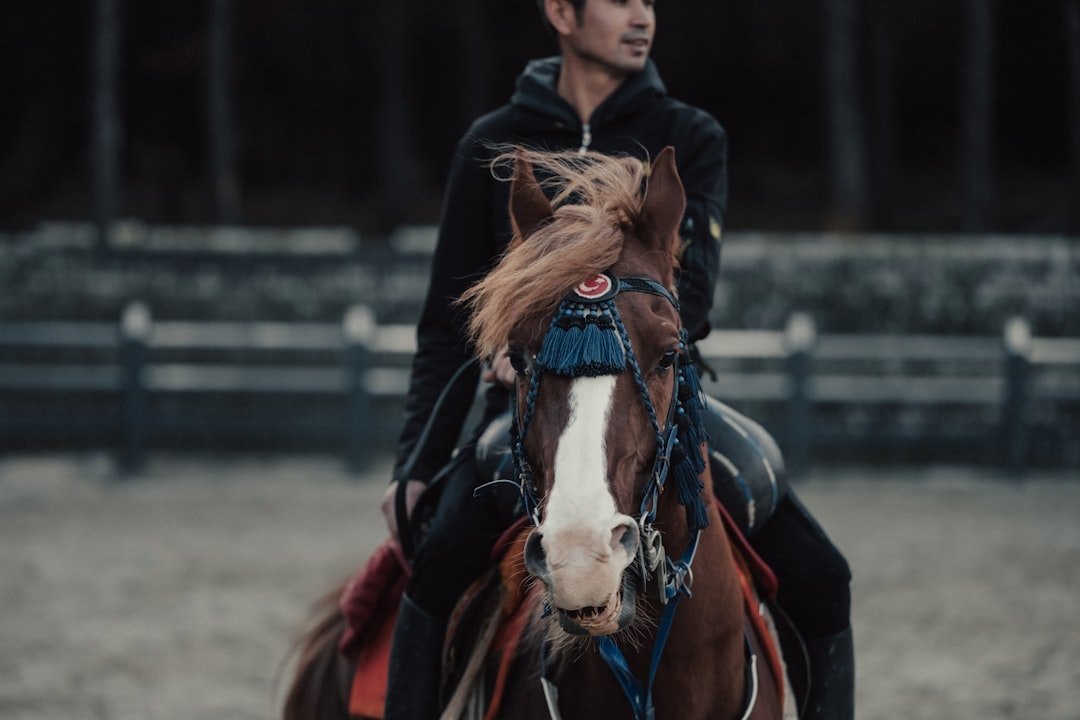
Evidence keeps pointing to the same principle: consistency is king, clarity is queen, and pressure-and-release timing is the court that makes the partnership work. Studies suggest horses can remember a person’s prior emotional expression and use that memory to shape future interactions, which means yesterday’s argument in the tack room might show up in today’s schooling ride. Personality research in equestrian settings also hints that perceived “fit” between rider and horse – think calm with calm or bold with bold – relates to better human well-being, even if causation remains tricky. Meanwhile, reviews of equine-assisted programs show promise alongside methodological gaps, underscoring the need for rigorous designs. None of this validates astrology as a causal mechanism; it validates attentiveness, kindness, and timing as the mechanisms that matter. Still, if a zodiac story nudges a rider to be more self-aware, the horse benefits immediately.
The Elemental Lens
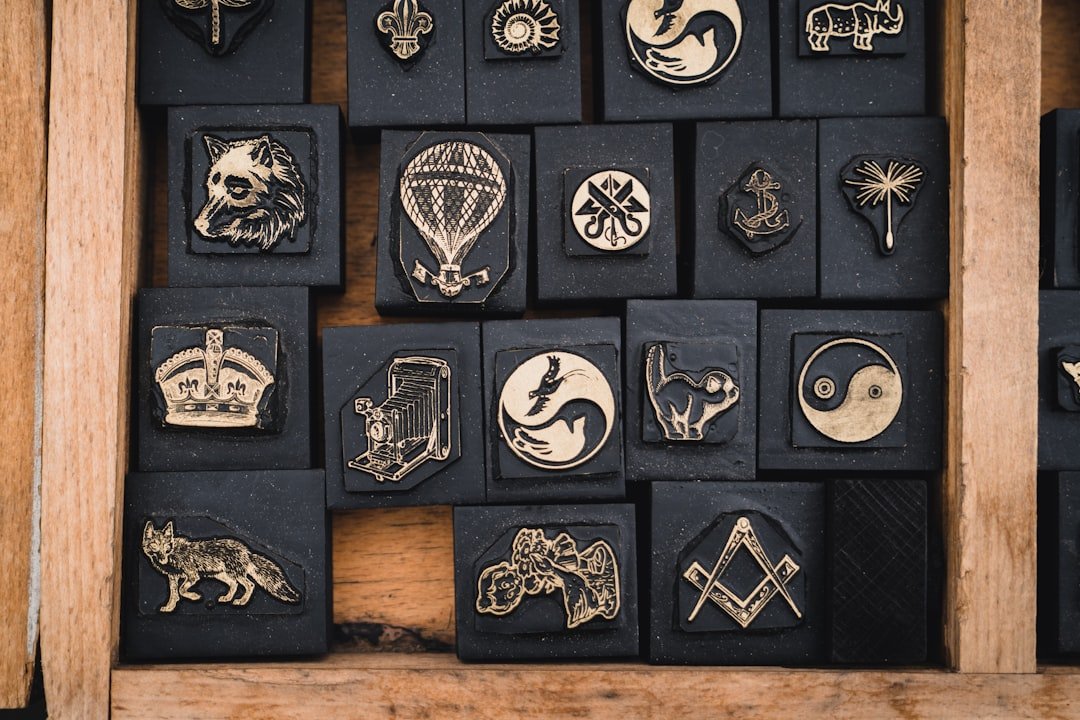
Use the zodiac’s elements as a training mirror, not a mandate. Fire-sign archetypes (Aries, Leo, Sagittarius) map to bold, high-energy handlers who must convert enthusiasm into structured, repeatable cues. Earth-sign archetypes (Taurus, Virgo, Capricorn) reflect steadiness and routine, qualities most green horses find soothing when reinforced with clear release. Air-sign archetypes (Gemini, Libra, Aquarius) bring curiosity and social ease that shine in groundwork games – so long as novelty doesn’t erode consistency. Water-sign archetypes (Cancer, Scorpio, Pisces) emphasize empathy, a strength in reading subtle stress that becomes powerful when paired with decisive boundaries. The take-home: whichever archetype you identify with, aim it toward predictable timing, soft hands, and spotless reinforcement hygiene.
How Matching Styles Builds Trust
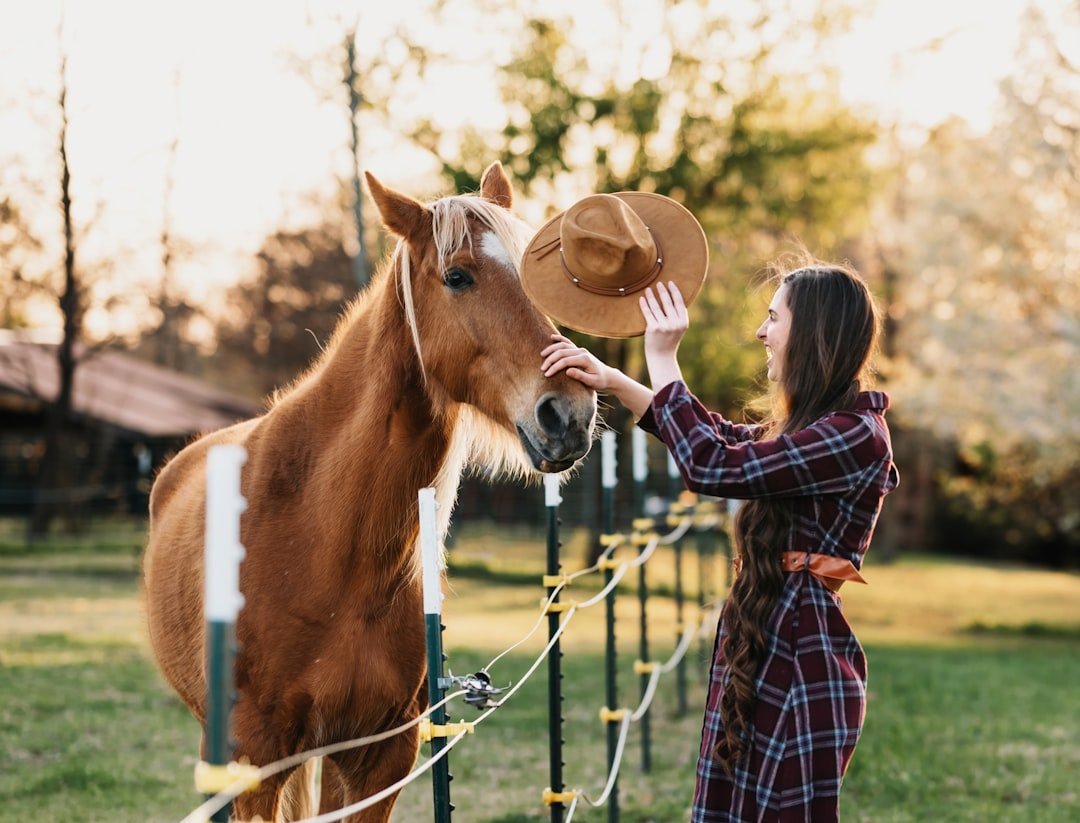
Think of trust as a savings account built one tiny deposit at a time – every well-timed release, every quiet pause, every ride that ends before the horse is tired of trying. Horses thrive when the handler’s energy matches the task: a sensitive mount often relaxes under a steady, low-arousal approach, while a sluggish horse can brighten with upbeat, rhythmic cues. The personality “match” that riders often attribute to fate usually boils down to reinforcement schedules and arousal management that fit the individual. If you’re naturally fast and decisive, channel that into crisp, consistent aids rather than bigger pressure; if you’re reflective, guard against indecision that muddies the signal. Over weeks, the horse predicts you, prediction becomes safety, and safety becomes partnership. That arc looks magical from the outside, but it runs on learnable skills.
Why It Matters
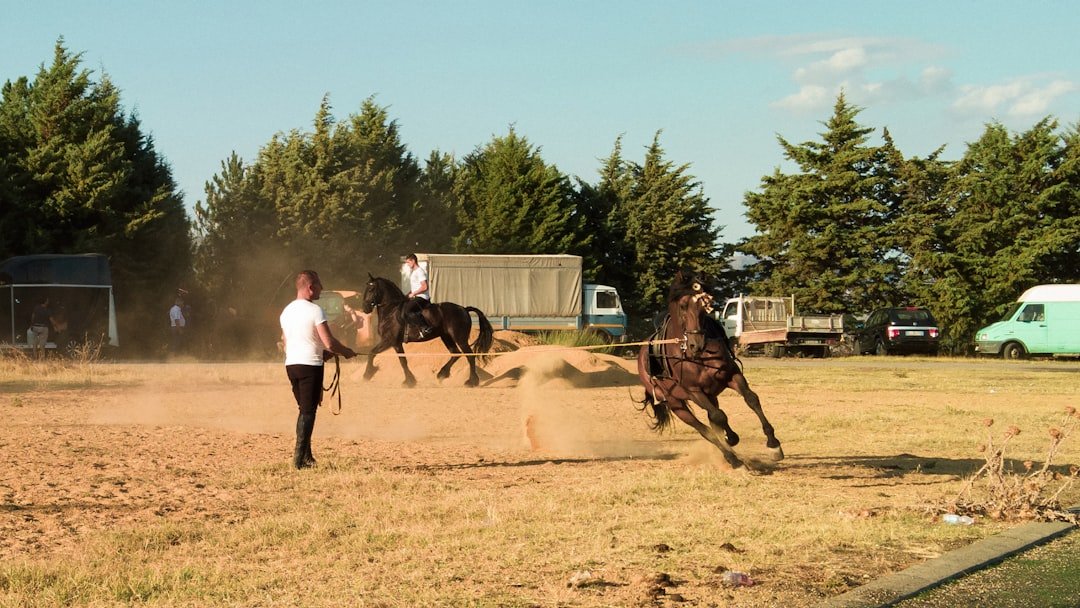
The stakes are both ethical and practical: better matches reduce stress behaviors, training setbacks, and preventable accidents. Traditional lore might tell you to “be the alpha,” but science argues for clarity and negative reinforcement used with finesse, minimizing force while maximizing understanding. Compared with one-size-fits-all barn wisdom, evidence-based handling treats each horse as an individual with a distinct stress threshold, learning history, and sensory world. In welfare terms, this means reading small signs – tight lips, a fixed ear, fleeting tail swishes – before they escalate. In performance terms, it means fewer mysterious refusals and more repeatable transitions because the animal trusts the pattern. The payoff is a partnership that lasts longer and feels lighter, regardless of what’s printed on a horoscope page.
The Future Landscape
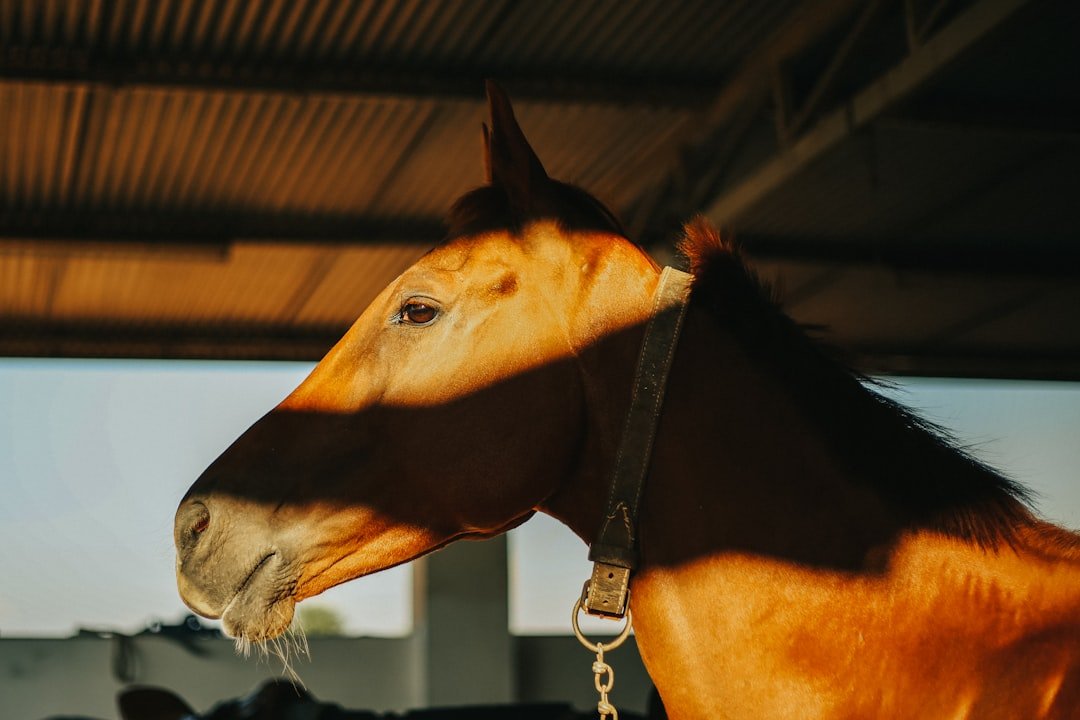
Emerging tools could turn feel into metrics without replacing horsemanship. High-resolution motion capture and wearable heart-rate sensors are already mapping the micro-timing of leg cues and rein contact to stress physiology in real rides. Advances in computer vision, trained on libraries like EquiFACS, may soon flag early signs of discomfort in real time, the way driver-assist systems nudge us back into the lane. Genetic and microbiome research could clarify why some horses are more stress-prone, informing gentler training plans rather than stereotypes. On the human side, lightweight biofeedback devices might help riders regulate breathing and arousal so their signals stop shouting when a whisper will do. If astrology shows up here at all, it’s as a conversation starter that encourages reflective practice while the tools keep us honest.
Conclusion
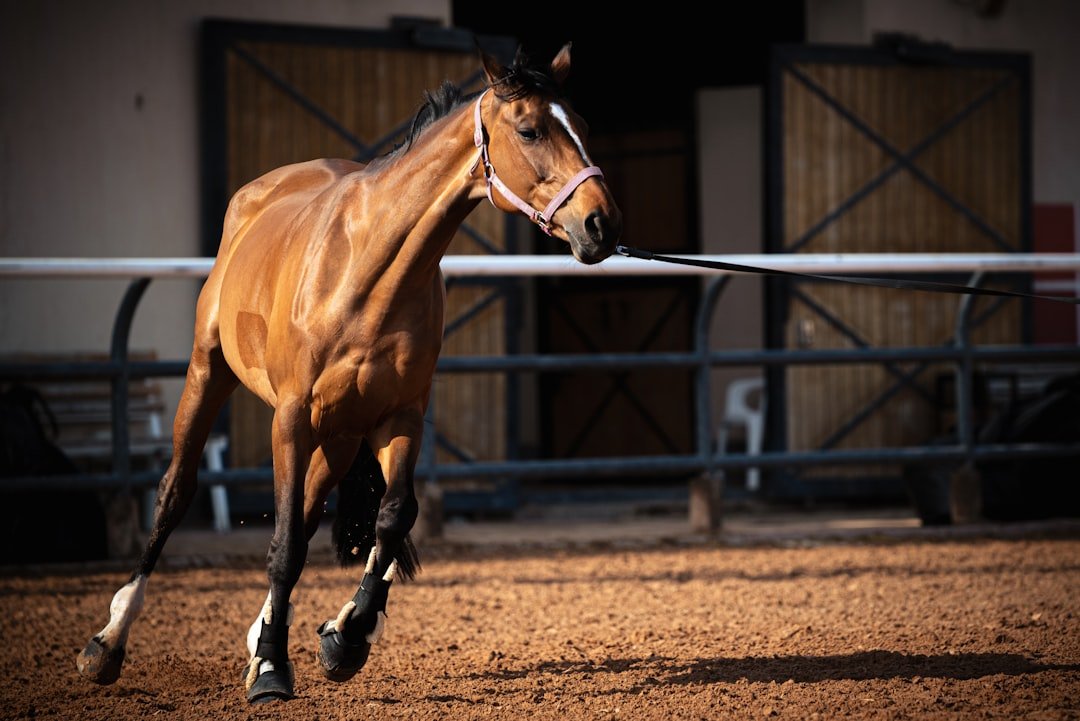
Use zodiac archetypes as prompts for self-audit, then train like a scientist: keep a journal of sessions, log what cues you used, how quickly you released, and how the horse changed. Prioritize welfare by learning to read facial and body cues with an evidence-based guide and by scheduling regular saddle, dental, and pain assessments that rule out physical causes of “behavior.” Seek coaching that emphasizes timing, shaping, and calm exposure rather than force, and practice breathing routines before you mount so the horse meets your best self. Support research and local equine rescues that advance humane training and transparent program evaluation. Most of all, pick behaviors over birth charts: if your style is predictable and kind today and tomorrow, your horse will notice – and that’s the bond that lasts.

Suhail Ahmed is a passionate digital professional and nature enthusiast with over 8 years of experience in content strategy, SEO, web development, and digital operations. Alongside his freelance journey, Suhail actively contributes to nature and wildlife platforms like Discover Wildlife, where he channels his curiosity for the planet into engaging, educational storytelling.
With a strong background in managing digital ecosystems — from ecommerce stores and WordPress websites to social media and automation — Suhail merges technical precision with creative insight. His content reflects a rare balance: SEO-friendly yet deeply human, data-informed yet emotionally resonant.
Driven by a love for discovery and storytelling, Suhail believes in using digital platforms to amplify causes that matter — especially those protecting Earth’s biodiversity and inspiring sustainable living. Whether he’s managing online projects or crafting wildlife content, his goal remains the same: to inform, inspire, and leave a positive digital footprint.




